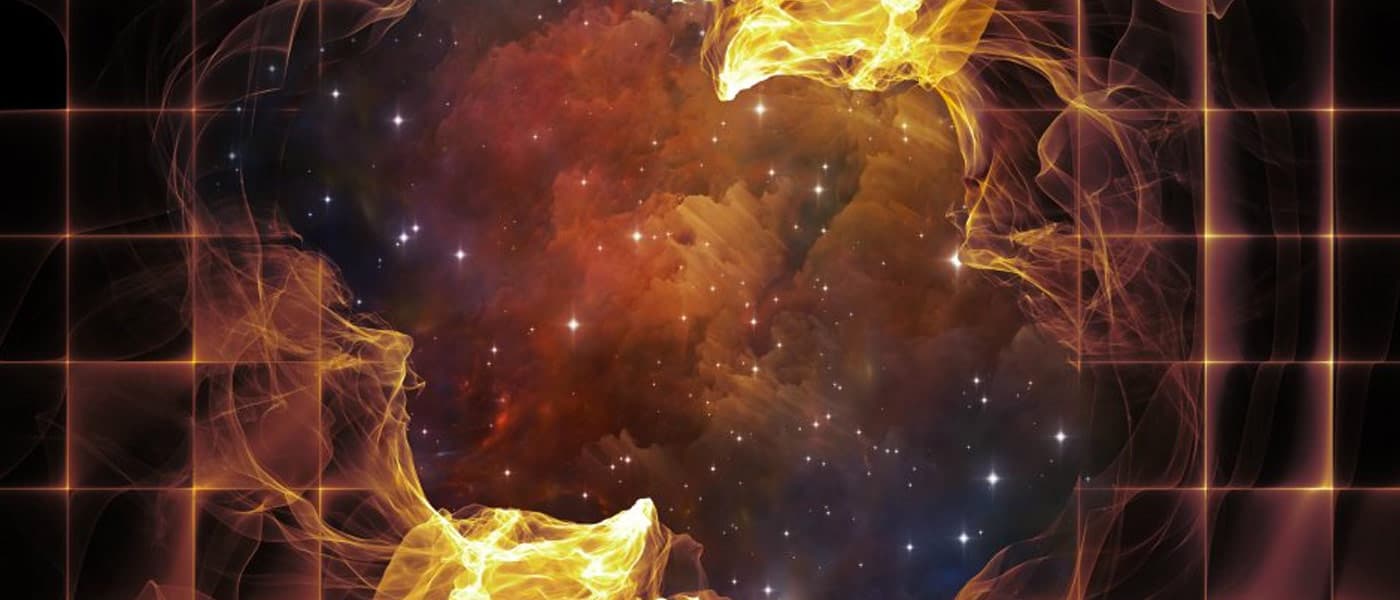Of Patterns and Disturbances
Mathematicians from the University of Utah have developed a new mathematical theory that could explain how waves and other disturbances in the universe move through materials in varying conditions of space and time. They call it the field pattern theory, referring to characteristic patterns that cover how disturbances react to changing conditions. “When you open the doors to a new area, you don’t know where it will go," said Graeme Milton, first author of the study published in the journal Proceedings of the Royal Society A.
Disturbances occur fairly regularly in the fabric of space-time that makes up the universe. The recently confirmed existence of gravitational waves from Einstein's Theory of Relativity shows that these disturbances can permeate through both space and time. But what we don't yet fully understand is how this happens, especially because space-time is continuously shifting. This is what field patterns explain.
Obviously, we first need to understand what field patterns are. According to a press release from the University of Utah, there are two analogies to explain them; the first being a chessboard analogy. The black and white squares represent two distinct materials with different properties. The horizontal dimension represents space, while the vertical dimension represents time. A disturbance like a pulse of laser light moves through this board, forward in time and expanding in space, meeting boundaries between materials.
Field patterns describe the propagation of this pulse, which the authors tested and observed using computer simulations. Secondary author Ornella Mattei prefers a tree analogy, where the root is the initial point of disturbance. As time progresses, a disturbance moves up the tree, splitting and branches out as it encounters boundaries — which could be space, time, or the changing condition of materials.
Understanding Particles and Waves
“The idea of a field pattern is a little like a wave in one tree but a separate wave in a different tree,” Milton explained. “You can imagine in one tree there’s a wind blowing from one direction that ripples the trees one way. But the other tree, with its own separate sets of leaves, as if the wind is coming from a different direction.” Mattei added: “When you look at the field pattern after a sufficiently large period of time, you see that it’s basically periodic.”
This new mathematical model is still being tested for potential applications. But, as far as
the authors are concerned, there is one obvious application: quantum mechanics; where particles and waves literally blur. Field patterns could answer some of the biggest questions in this field.
According to Milton, this model could shed light on the nature of matter's fundamental components. One idea is that even the smallest fluctuations in space and time could give rise to field patterns that manifest as electrons and protons. “What we see as electrons, protons or quantum mechanical waves are manifestations of the fundamental super microscopic scale of these field patterns," he said.
Obviously, the initial paper is just a first step. “Something may pop up from this,” said Milton. “What’s really fundamental, though, is going in a completely new direction.”
Share This Article
